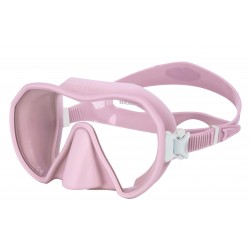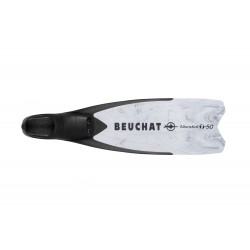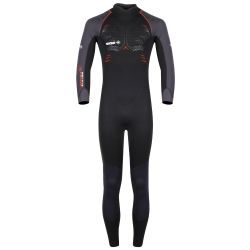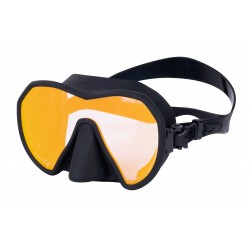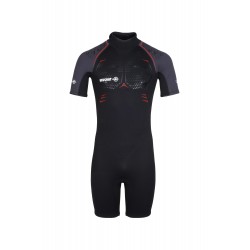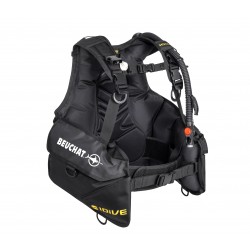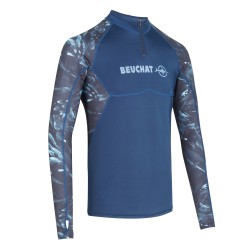Freediving: the different disciplines
The history of snorkelling is closely linked to the history of mankind, for until the arrival and advent of the scuba era, man dived to collect the treasures of the sea and to feed himself. Culturally linked to the Asian peoples, it was rediscovered in France during the wars, mainly for food purposes through underwater fishing. However, freediving has since created an identity of its own
A multi-faceted practice, it has been able to establish its own rules, techniques and competitions, all of which have created the magic of free diving. But do you really know this discipline?
Many people only see freediving as a leisure activity, the pleasure of swimming freely in the water without the hindrance of equipment. But not only, and here we tell you everything!
Freediving, otherwise known as free swimming, is available in several techniques and can be practiced in the pool or in the sea.
In Open Water
Constant weight freediving
The aim is to dive as deep as possible, using only the strength of the arms and the movement of the legs. This dive can be attempted with fins, called CWT (Constant Weight) in competition or without the assistance of fins, called CNF (Constant Weight No Fins) in competition.
Variable weight freediving
The diver must reach a deeper point than his opponent, he is assisted by a weight that he will manage to descend and ascend. The weight of the ballast is proportional to the level of the diver but must not exceed 30kg. The ascent can be done manually with the help of the rope by the freediver or with the help of his fins.
Freediving underwater
The diver descends and attempts to reach the deepest distance using a cable and only the arms.
Extreme or No Limit Freediving
The diver is heavily weighted during the descent. He can control his descent with a brake. The ascent is assisted by a balloon that the diver fills with air to enable him to ascend more quickly. It is by this type of apnea that the records of depth are reached.
The practice of this discipline requires both physical and mental training and is highly supervised.
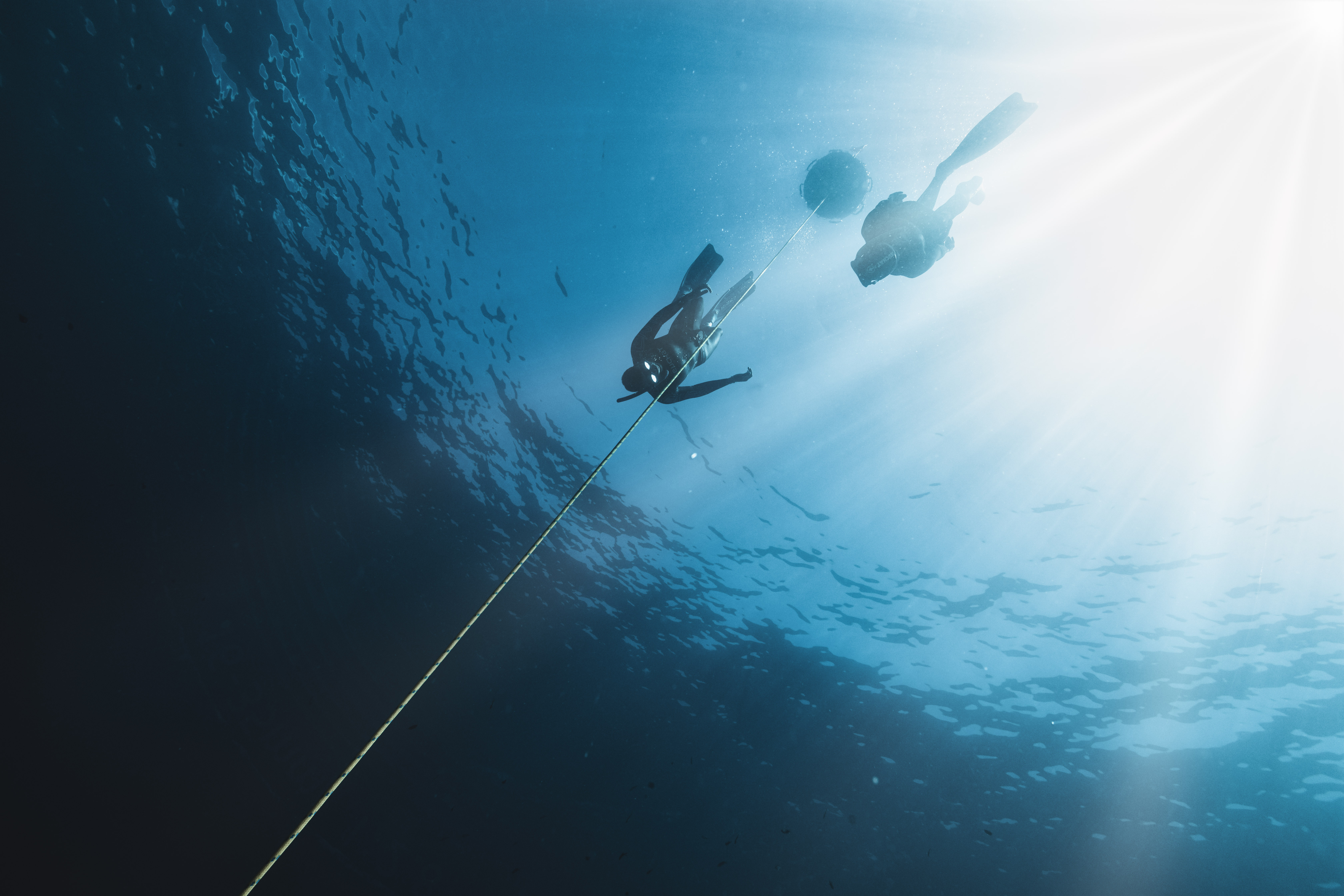
In the pool
The practice of apnea is composed of static apnea and dynamic apnea
Static apnea
Static apnea is the easiest to access and allows you to work on relaxation, sensations, concentration, which contributes to the improvement of apnea in all its forms. The rule is to stay as long as possible with your head under water.
Dynamic apnea
This involves horizontal movement, practised at a shallow depth, preferably in a pool, but the sea is a possible training ground. This variant allows you to work on swimming, hydrodynamics, effort, speed and time management. Dynamic freediving is practiced with a single or double fin, called DYN in competition or without any equipment, called DNF (Dynamic No Fins) in competition.
However, freediving at depth, which is also divided into several techniques, requires more advanced training because the sea impacts its practitioner in several ways and can be dangerous.
Where to dive / Safety tips
- Always practice with at least 2 people
- To practice freediving safely, it is recommended to join a club with qualified instructors. Several federations offer this type of training (FFESSM - FNPSA - AIDA - or freediving or underwater hunting schools). The clubs are often equipped with swimming pools but also offer outings in the sea and in diving pits (swimming pools) whose depth can vary from 5m to 60m.
- Avoid diving in murky water or in places with poor visibility


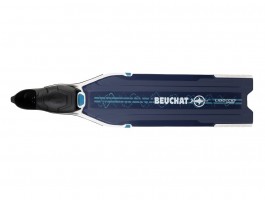
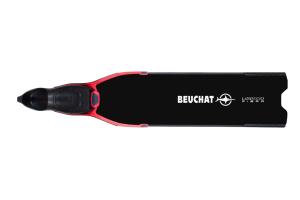
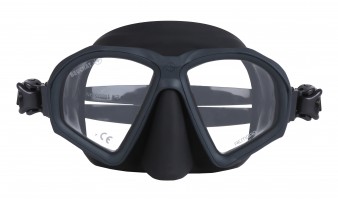
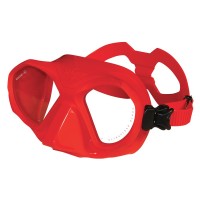
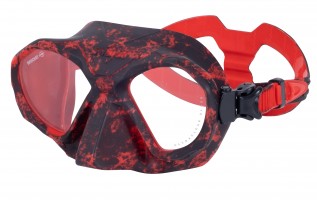
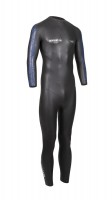
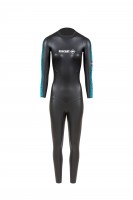
 Snorkeling
Snorkeling
 Beuchat Team
Beuchat Team
 Scuba diving
Scuba diving
 Free Diving
Free Diving
 Snorkeling
Snorkeling
 Beuchat Team Spearfishing
Beuchat Team Spearfishing
